
Home
O INNER é um instituto de DESENVOLVIMENTO HUMANO que se propõe a treinar MULTIPLICADORES e PRATICANTES de PNL, COACHING, HIPNOSE e outras práticas funcionais de desenvolvimento humano que podem ser utilizadas por profissionais de saúde, gestores, líderes, treinadores e demais pessoas interessadas em se tornarem AGENTES DE MUDANÇA em seu meio
PRÓXIMAS FORMAÇÕES PRESENCIAIS
Cursos e Certificados Registrados com Validade Nacional e Internacional
Aprenda técnicas assertivas e seguras para potencializar seu desempenho pessoal e profissional
*FORMAÇÃO TRAINER 360*
BRASÍLIA/DF
 11 a 17 de Novembro
11 a 17 de Novembro
 Segunda à Quinta: 18h às 22h
Sexta à Domingo: 10h às 20h.
Segunda à Quinta: 18h às 22h
Sexta à Domingo: 10h às 20h. *PNL MASTER PRACTITIONER*
em Brasília/DF
 Módulo 1: 29 a 01 de Novembro (sexta, sábado e domingo)
Módulo 1: 29 a 01 de Novembro (sexta, sábado e domingo)
 Módulo 2: 6 a 8 de Novembro /2024 (sexta, sábado e domingo)
Módulo 2: 6 a 8 de Novembro /2024 (sexta, sábado e domingo)
 Sextas de 18h às 22h.
Sábados e Domingos de 10h as 20h.
Sextas de 18h às 22h.
Sábados e Domingos de 10h as 20h.
 Presencial em Brasília/DF
Presencial em Brasília/DF
IMERSÃO PNL MÁXIMA 360
IMERSÃO PNL MÁXIMA 360
*FORMAÇÃO EXECUTIVA EM PNL PRACTITIONER INTERNACIONAL*
Brasília/DF
 Módulo 1: 14 a 16 de Fevereiro/2025 (sexta, sábado e domingo)
Módulo 1: 14 a 16 de Fevereiro/2025 (sexta, sábado e domingo)
 Módulo 2: 21 a 23 de Fevereiro/2025 (sexta, sábado e domingo)
Módulo 2: 21 a 23 de Fevereiro/2025 (sexta, sábado e domingo)
 Sextas de 14h às 20h.
Sábados e Domingos de 10h as 20h.
Sextas de 14h às 20h.
Sábados e Domingos de 10h as 20h.
 Presencial em Brasília/DF
Presencial em Brasília/DF
IMERSÃO PNL MÁXIMA 360
IMERSÃO PNL MÁXIMA 360
*FORMAÇÃO EXECUTIVA EM PNL PRACTITIONER INTERNACIONAL*
Brasília/DF
 Módulo 1: 16 a 18 de Maio/2025 (sexta, sábado e domingo)
Módulo 1: 16 a 18 de Maio/2025 (sexta, sábado e domingo)
 Módulo 2: 23 a 25 de Maio/2025 (sexta, sábado e domingo)
Módulo 2: 23 a 25 de Maio/2025 (sexta, sábado e domingo)
 Sextas de 14h às 20h.
Sábados e Domingos de 10h as 20h.
Sextas de 14h às 20h.
Sábados e Domingos de 10h as 20h.
 Presencial em Brasília/DF
Presencial em Brasília/DF
IMERSÃO PNL MÁXIMA 360

Conheça nossa Plataforma EAD com nossos diversos Cursos Online
Cursos Gratuítos
Cursos Online

Curso de Extensão em Fundamentos da Psicanálise 360
- 60 horas
12x R$ 29,83
ou R$ 297,00 à vista
Faça como MILHARES de pessoas já fizeram
Confira o que dizem os nossos alunos
Mais de 200 TURMAS REALIZADAS e MILHARES de alunos FORMADOS.

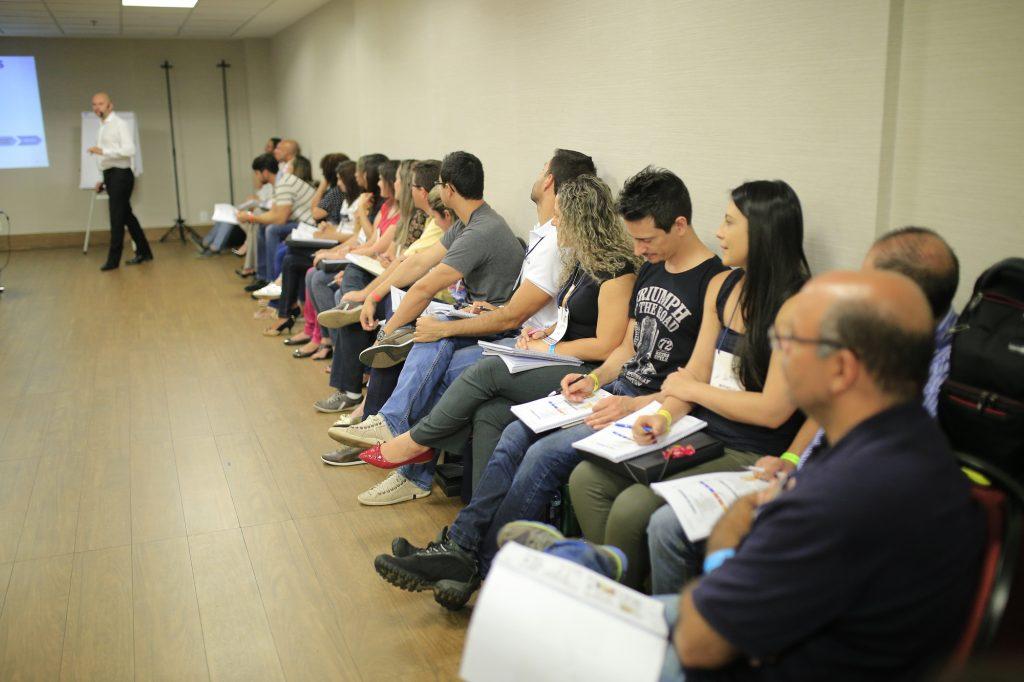

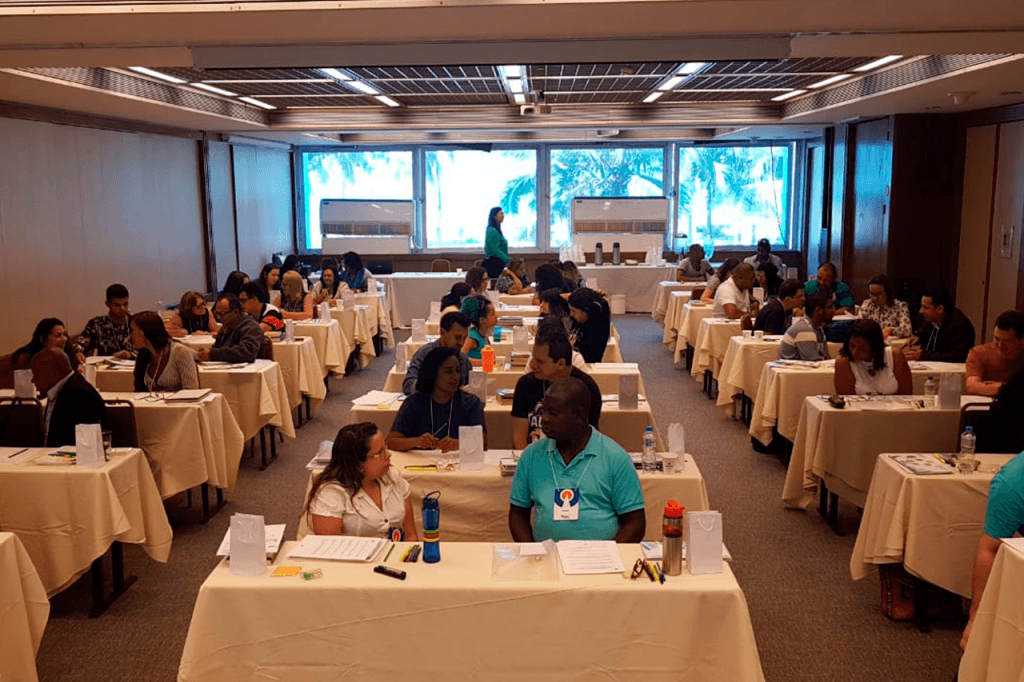



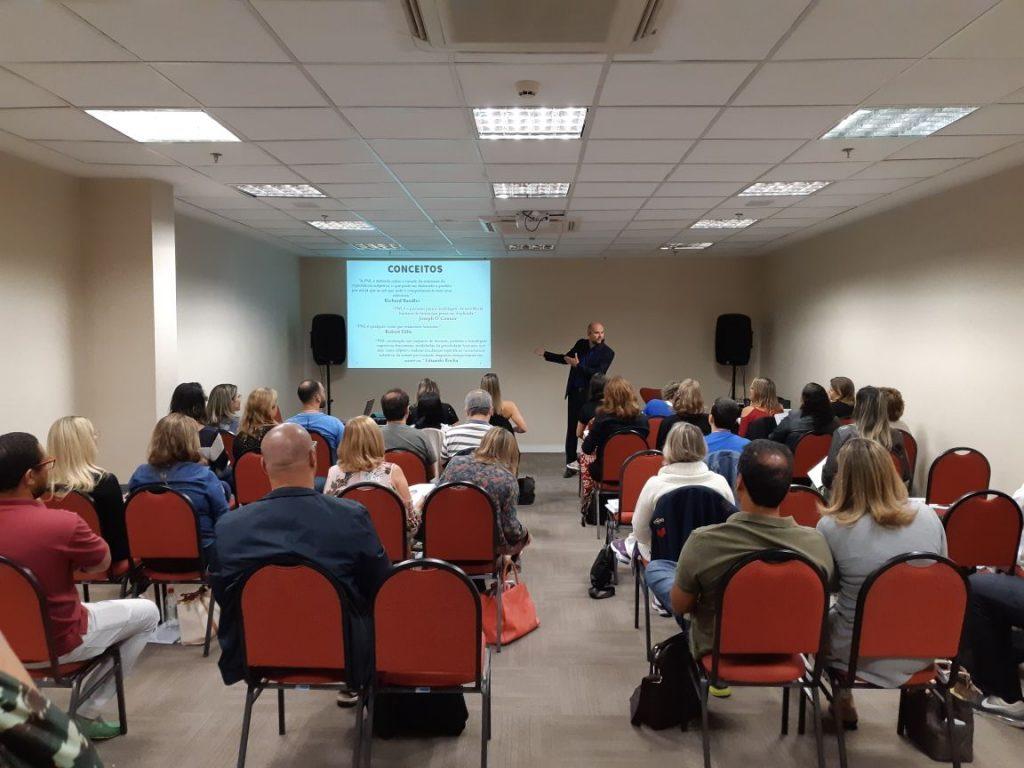
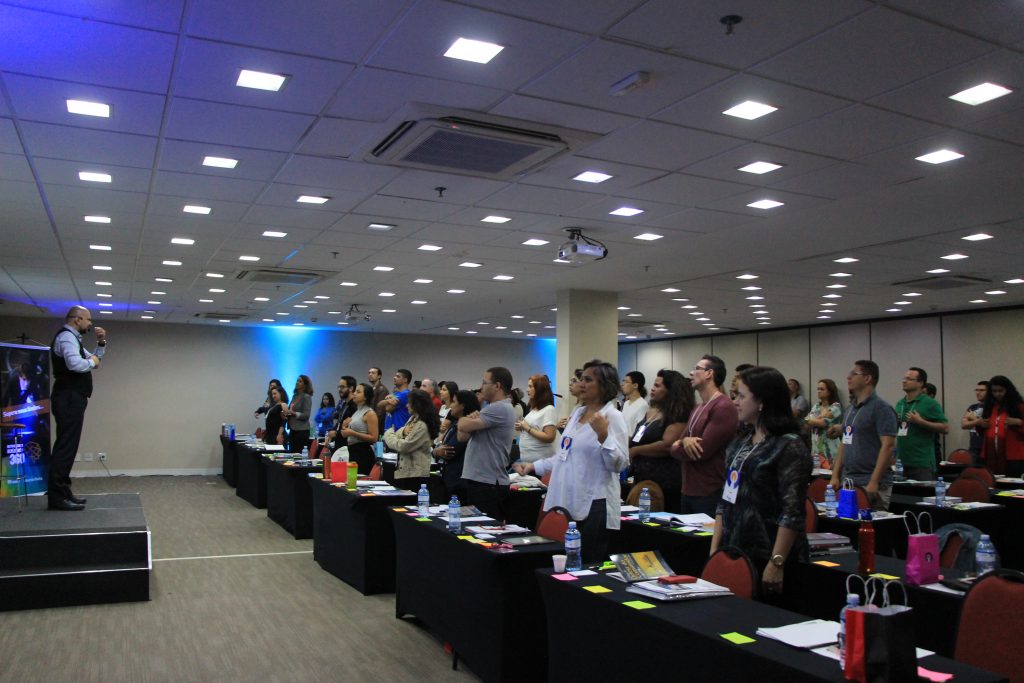


AGENTE DE MUDANÇA é um profissional capacitado em processos de desenvolvimento humano com foco em mudanças comportamentais e educação mental, e tem como principal competência a de INFLUENCIAR eticamente e positivamente as pessoas a alcançarem seus objetivos e MULTIPLICAR o conhecimento adquirido no seu meio.

Ministrado por Eduardo Rocha
Eduardo Rocha conta com mais de 20 anos de experiência e, portanto, expertise ímpar na interação com o público por meio de aplicações didáticas, lúdicas e artísticas adaptadas aos treinamentos.
Ministrou dezenas de cursos de Hipnose Prática, Clínica e Conversacional, com centenas de alunos formados na última década.
Hoje atua como Coach Executivo, Hipnoterapeuta, Palestrante, Reprogramador Mental e tem sua carreira profissional reconhecida nacionalmente. Realizou mais de 500 palestras corporativas e workshop em empresas públicas e privadas de médio e grande porte em todo Brasil.
Trainer Internacional Licenciado pela The Society of NLP TM
Master Trainer em Hipnose
Master Coach Certificado
Mentor Executivo
Engenheiro Civil (Universidade Federal da Paraíba)
Administrador de Empresas (Universidade de Administração de Brasília)
Acadêmico de Psicologia (Universidade Católica)
Consultor Educacional
Hipnoterapeuta Licenciado
Palestrante Corporativo
METODOLOGIA 360®
INTEGRATIVO + SISTÊMICO + ESTRATÉGICO

Inner na Mídia


Marcas & Negócios Correio Braziliense
O INNER foi destaque na Coluna Marcas & Negócios do Correio Braziliense

Empresários de Sucesso
O INNER foi destaque no Programa Empresário de Sucesso na Band New
Certificado Internacional
O INNER é uma Empresa Internacional, é isso mesmo e com Sede em outro país consegue emitir, apostilar e homologar o seu Certificado de forma Internacional.

ASSOCIAÇÃO BRASILEIRA DOS TERAPEUTAS HOLÍSTICOS



Alguns dos nossos clientes





A INNER LIGA PARA VOCÊ
Deixe seu contato que iremos entrar em contato com você.


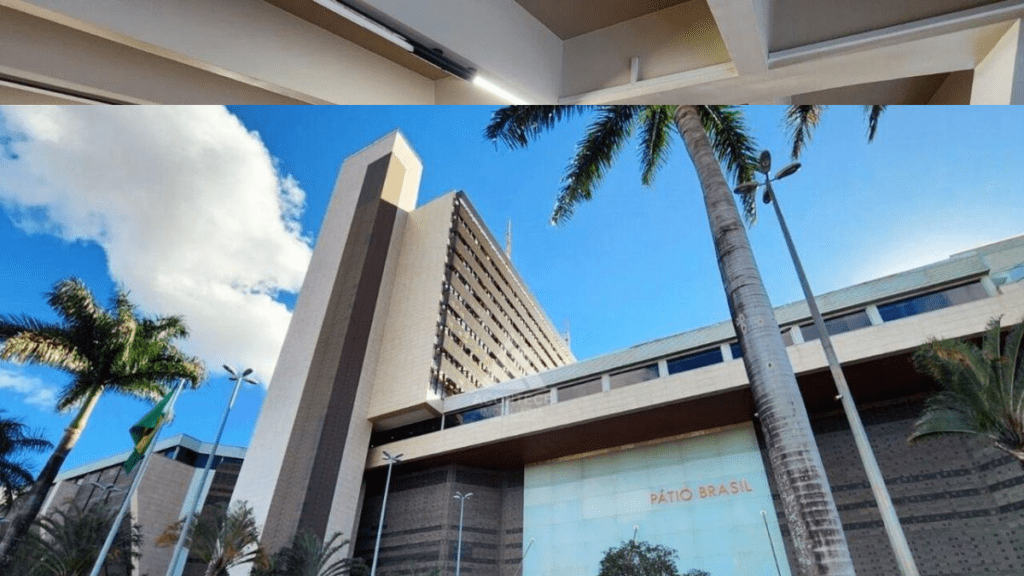
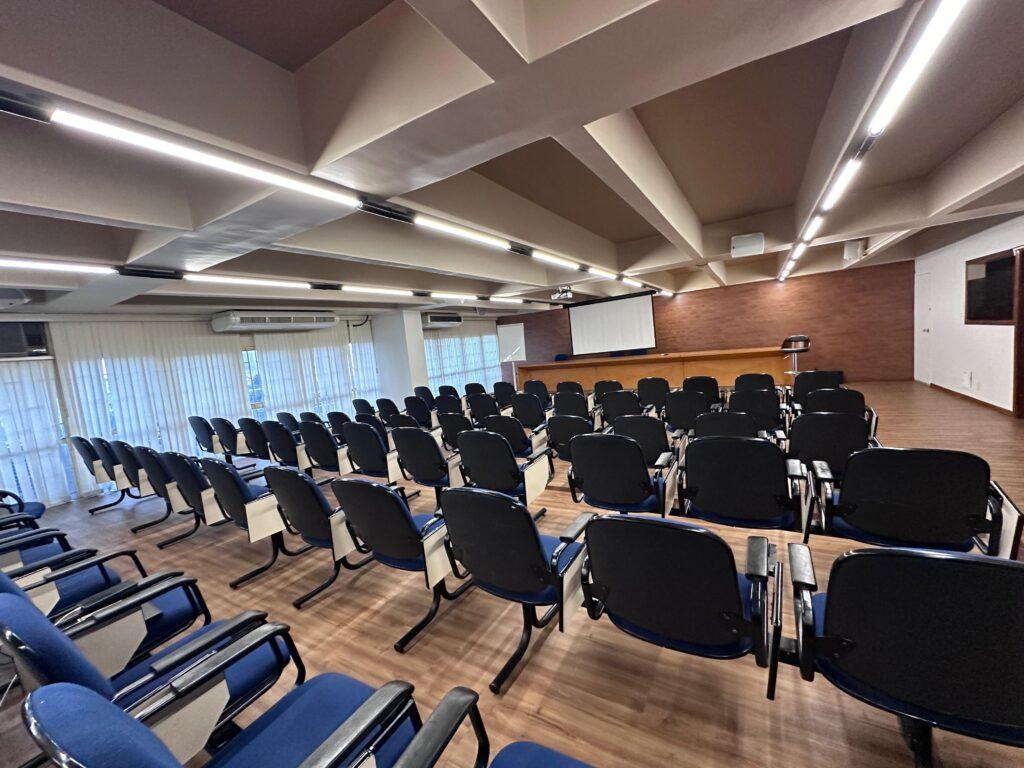
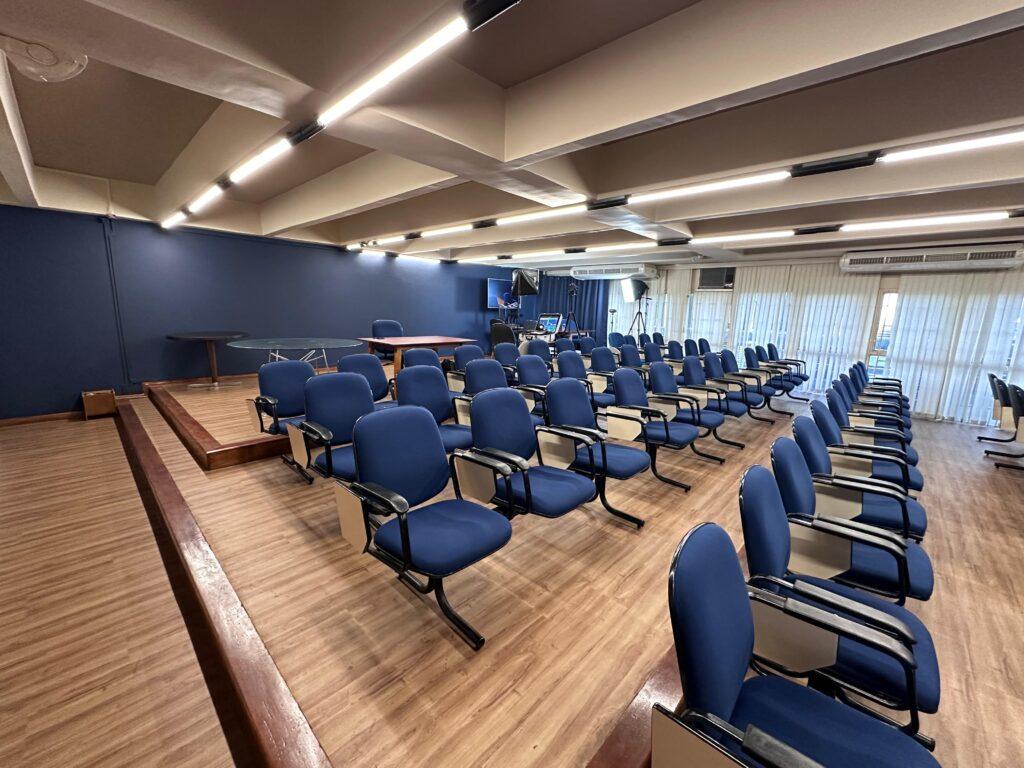



ESPAÇO INNER
O INNER é um instituto com SEDE em Brasília/DF e registrado nos principais orgãos reguladores, associações de referencia nacional e internacional. Possui infra-estrutura própria de cursos e mantem parceria com Hoteis e Centro de Convenções com estrutura confortável, segura e ampla para a realização de atividades durante os treinamentos. Além dos cursos, o INNER possui uma SALA VIP específica para realização de práticas supervisionadas após os treinamentos, exclusiva para os ALUNOS e MEMBROS.





